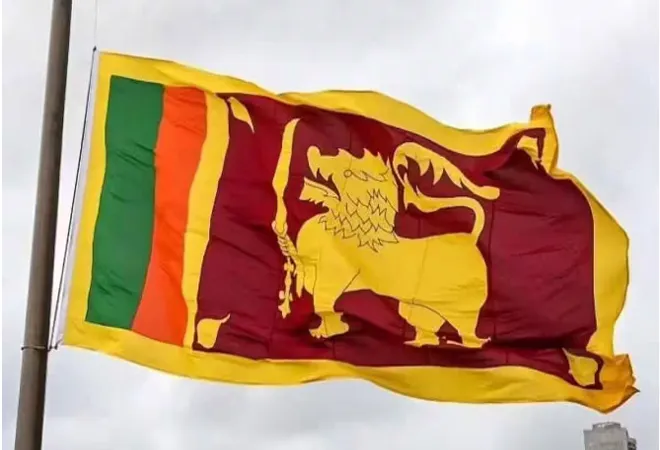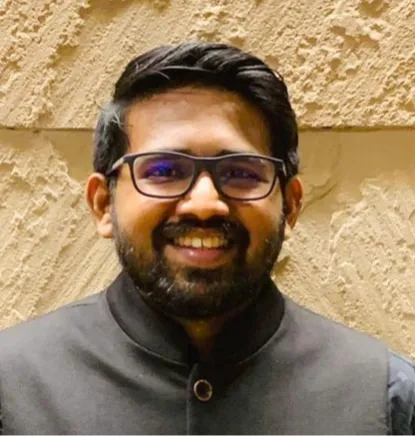-
CENTRES
Progammes & Centres
Location
Renewed proximity with India can help Sri Lanka reduce its dependence on foreign reserves, while giving Delhi the leverage to push for benefits

India offered Sri Lanka assistance of $4 billion through currency swaps, loan deferrals, loan facilities, investments, and multiple lines of emergency credits.India became the first country to assure the IMF of its debt restructuring to Sri Lanka and also co-chaired a creditors’ platform to negotiate a common debt treatment and restructuring plan for Sri Lanka. Recently, it has offered an extension of 12 years on loan repayment time and extended its $1 billion line of credit by one more year. In addition, India has continued with its investments—as seen with the Trincomalee and Jaffna energy projects. The extent of India’s assistance has earned significant goodwill for it in the island nation. On the contrary, China’s passive response indicated the sheer limitations of its diplomatic clout and global ambitions. China remains complicit to Sri Lanka’s economic crisis with its unsustainable lending and white elephant projects. Today, according to various estimates, Colombo owes nearly 20% ($7 billion) of its total debt to China. Yet, China continued to shelve Sri Lanka’s requests for assistance and debt restructuring. It was only when India, Japan, and the Paris Club assured guarantees of debt restructuring, Beijing stepped in half-heartedly. Only its EXIM bank (that lent $4 billion to Sri Lanka) provided debt restructuring assurances, and that too with a mere two-year moratorium. Recently, China has declined to participate in the common debt restructuring process by providing bilateral guarantees. This complicates Sri Lanka’s debt restructuring before the IMF review, as other lenders have expressed their reservations over Sri Lanka striking a bilateral deal. China’s passivity and India’s proactive assistance has encouraged Sri Lanka to embrace a major geopolitical turnaround. Now more than ever, calls to integrate with India are increasing in Colombo. India’s progress with its economy, infrastructure, and technology, a significant voice in the new world order, and success in connectivity with its BBIN members have only fed into these demands for economic integration. Incidentally, Wickremesinghe’s recent visit boils down to two core issues: economic connectivity and recovery.
China has declined to participate in the common debt restructuring process by providing bilateral guarantees.There is hope that connectivity with India will make Sri Lanka self-reliant, reduce dependence on foreign reserves and dollars, strengthen the economy, and promote recovery. Essentially, both countries released a Comprehensive Joint Vision Document on connectivity. They agreed to cooperate on developing air and maritime infrastructure and investments and expand their routes. Colombo and Delhi have also agreed to establish power grid interconnection for bidirectional trade, expedite ongoing projects, and further develop Trincomalee. On trade, economy, and finance, both agreed to boost private sector investments, re-commence discussions on the Economic and Technology Cooperation Agreement, use the rupee as a currency for trade, and operationalise UPI. Two other crucial project proposals—land/bridge connectivity and the multi-product petroleum pipeline—will proceed depending on further study and domestic considerations. On the other hand, India has let economics and connectivity do the talking in Sri Lanka. Throughout much of the post-civil war years, Indian investments were limited due to domestic irritants, and Sri Lankan elites often prioritised Chinese investments and engagements over Indian concerns. The economic crisis, however, offered a crucial turnaround—Sri Lanka has grown keen on integrating with India, and Delhi now has more leverage to push for connectivity, limit Chinese investments, and promote trust to deal with bilateral irritants (such as illegal fishing and full implementation of the 13th amendment) when appropriate.
The Chinese spy ship docking in Hambantota in August 2022, despite Indian concerns and Beijing’s continuing investments in Sri Lanka following the IMF bailout, indicates that China has managed to have its way around Colombo despite its lack of assistance.The recent visit is an attempt to build on this looming optimism. India and Sri Lanka hope connectivity will bring them closer, build their trust, and further their interests. However, two challenges persist. One, the Chinese economic and political leverage with Sri Lanka will test the limits of this optimism. The Chinese spy ship docking in Hambantota in August 2022, despite Indian concerns and Beijing’s continuing investments in Sri Lanka following the IMF bailout, indicates that China has managed to have its way around Colombo despite its lack of assistance. The second challenge is with the domestic politics of the country. While Wickremesinghe has indicated a strong desire to promote connectivity, domestic politics in Sri Lanka has always had a significant impact on Indian projects. In fact, some recently discussed connectivity projects, were in the past, suspended or phased out by the previous governments due to domestic reasons. As Sri Lanka heads to presidential elections in 2024, New Delhi will be watching carefully if the appetite for economic integration with India persists.
The views expressed above belong to the author(s). ORF research and analyses now available on Telegram! Click here to access our curated content — blogs, longforms and interviews.

Aditya Gowdara Shivamurthy is an Associate Fellow with the Strategic Studies Programme’s Neighbourhood Studies Initiative. He focuses on strategic and security-related developments in the South Asian ...
Read More +
Professor Harsh V. Pant is Vice President – Studies and Foreign Policy at Observer Research Foundation, New Delhi. He is a Professor of International Relations ...
Read More +